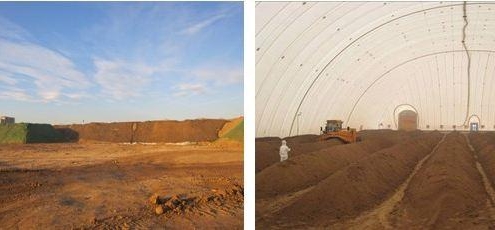Soil remediation refers to the use of physical, chemical, and biological methods to transfer, absorb, degrade and transform pollutants in the soil, reduce its concentration to acceptable levels, or convert toxic and harmful pollutants into harmless substances.
Fundamentally speaking, the technical principles of remediation of contaminated soil can include:
(1) Changing the existing form of pollutants in the soil or the way of combining with the soil, reducing its mobility and bioavailability in the environment;
( 2) Reduce the concentration of harmful substances in the soil.
Soil remediation methods can be classified according to remediation methods and sites. According to the classification of repair methods, it can be roughly divided into biological, physical, and chemical methods; according to the classification of repair sites, it can be divided into two types of repair methods: in situ repair and ectopic repair.

| Classification Basis | Repair method | Specific means | Features |
|
By repair method |
Bioremediation | By microorganisms, super enriched plants; | Low cost and long cycle; |
| Physical repair | Soil replacement and heat treatment to separate pollutants; | Higher cost and more complete repair effect; | |
| Chemical repair | Adding chemical substances to passivate pollutants to form more stable substances; | Low cost and long repair cycle; | |
|
By repair site |
In situ repair | Do not move contaminated soil and repair in situ; | Low cost, suitable for simple pollutants and low concentrations; |
| Ectopic repair | Remove contaminated soil for remediation; | Higher cost, suitable for complex pollutants and high concentrations; |
In-situ repair refers to the method of repairing in situ without moving the soil, which is suitable for simple and low-concentration pollutants.
Ex-situ repair refers to the repair method of removing contaminated soil for repair. Higher concentrations. There is a difference in cost between in situ technology and ex situ technology. The cost of in-situ technology is lower than that of ex-situ technology, mainly because it does not require expensive ground facilities, transportation costs, and is relatively simple to operate.


